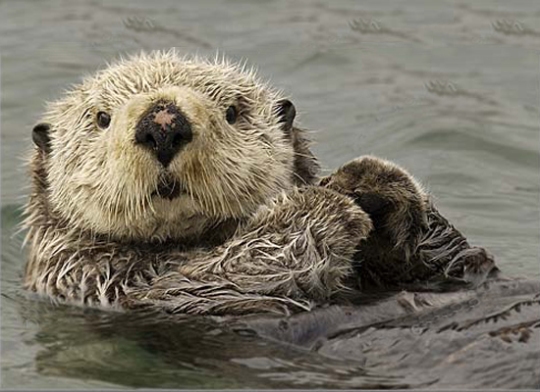Here at LGBG, we like to provoke outside the box thinking such as: what do otters and the green movement have in common? To the surprise of most, otters, help to remove harmful greenhouse gases primarily through their consumption of sea urchins. As stated in National Geographic, sea urchin’s diet consist primarily of kelp, a natural carbon dioxide absorber. By preying on the urchins, sea otters are doing their part to sustain the kelp population, and simultaneously aiding in the absorption of potentially dangerous greenhouse gases.
One might ask, can otters really make that much of an impact on our environment? And despite kelp being able to, “absorb as much as 12 times the amount of carbon dioxide from the atmosphere than if it were subject to ravenous sea urchins” Jeffrey Dukes of the Purdue Climate Change Research Center in Indiana flatly answered “no”. He noted it was interesting to realize that such a relationship existed, but that its global effect would be minimal.
The real importance however lies firmly in what many biologists already know: that animals interact with living and non-living things in ways that are complex and inately intertwined. Yet, by studying these relationships further with a keen eye towards their effects on the environment, a sophisticated schedule can be set up detailing each particular relationship’s positive and or negative impact through their respective carbon footprint. Surely a painstaking process, the rewards of such an understanding are invaluable and will take us one step closer to a world in which we all live green, and be green.

